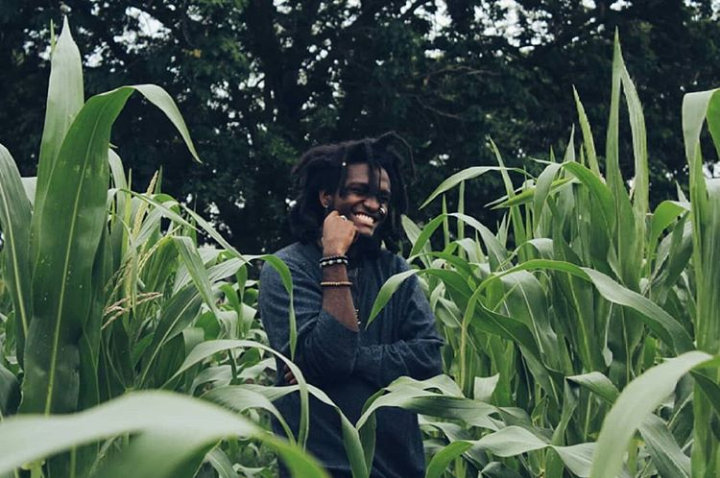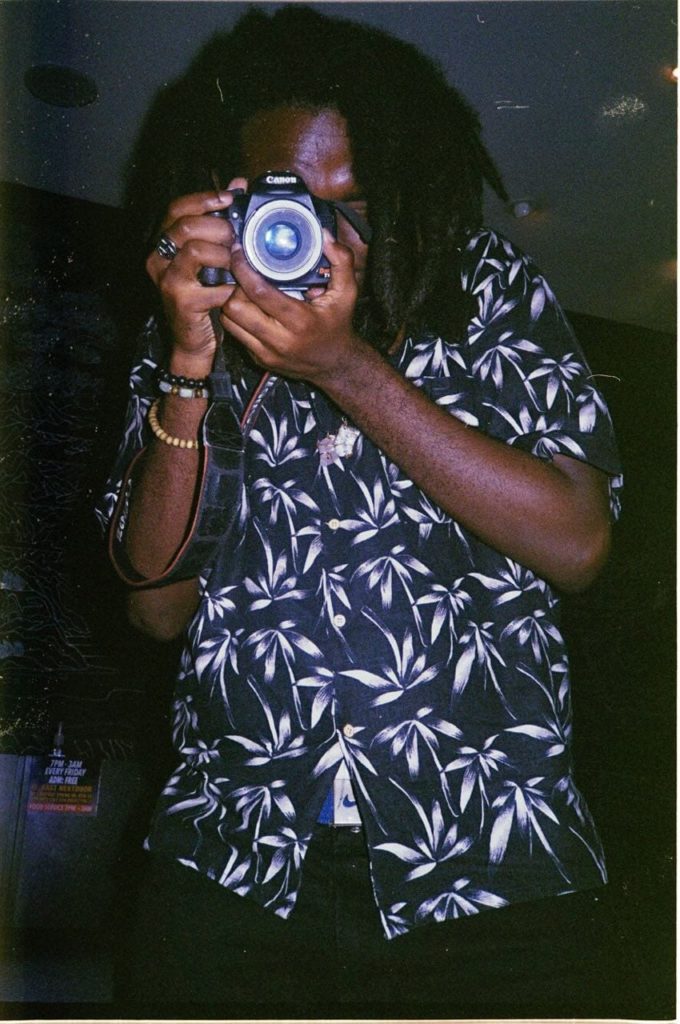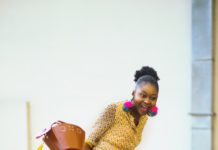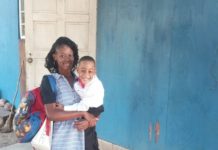In this installment of Our Stories, Photographer and visionary, Christian Harrison enlightens us on his metamorphic process behind the journey to the lens …For many people, Jamaica is pictured as an island paradise – white sandy beaches, a beautiful and vivacious culture, rich and wholesome food, and attractive people. And while that image is not far from the truth, if the lens is focused on the inspirational stories of ordinary Jamaicans, you’d find a sharper, richer and truer image of the Jamaican experience…this is Our Stories!
The concept of “captivating” lies humbly in our rich soils, R
Meet Christian Harrison – Photographer

He’s more commonly known by his alias, Morphromus. He is a 20-year-old student of animations at the University of The West Indies. The son of David and Stacy, he found a love for visuals and establishing visions through his father’s camera. He began to pursue his visions with eyes like a shutter and a mind like a lens. Even so, developing into one’s true self is a journey that we all know too well but the words not only morph onto paper but film as well. Encapsulating the culture of our people and our island in unimaginable ways, Christian expresses his love for the lens in alignment with his love for this land of wood and water.
What inspired you to begin Photography?
I began photography for several reasons. So the journey began with Imprint, photography club, Aim educational services, Indiggo Conference and then meeting Alexander Wong at Exhibit A. Though where most of it started was that I had joined the photography club at the University of the West Indies. Well, it wasn’t really a club because it is an actual course but due to the small amount of people, they opened it to welcome other persons with interest. I had went on the photography trips with them while using my dad’s camera which I still used to this day. I felt confident after going on the trips and really was sure of myself but I grew more motivated after the Indiggo Conference which is actually where I had come up with my first photography series, Zenyatta.
What is Zenyatta about exactly? Are there any other series?
Zenyatta is a character from the video game “Overwatch”. He is an omnic monk, a robot who was built for one purpose but has attained sentience and has found his own path to enlightenment. I was able to see the parallels between this story and the life of a creative. We were born into this world, expected to be a doctor, engineer or lawyer or work in an office from 9-5. However, we have all found our own path through our creative outlets, effectively breaking the cycle, gaining a new outlook on life as a whole and enlightening ourselves in the process. As a creative one could say we are “Art Monks” and as such we meditate on our outlets; for this reason, the models/fellow creative will be photographed sitting in the lotus position, an image often brought to the minds of most when thinking of meditation. I then followed it with a shot of just the model’s eyes, showing the awakening taking place
The Jieba is a grid of dots, usually 3 by 3, which is branded onto the head of monks by their master as a sign that they have completed their training. These dots hold significance in the Buddhist practice and represents: i) the 3 gems of the Buddha, the Dharma and the Sangha, ii). The 3 vows of abandoning bad behaviour, having wisdom to release others from suffering and creating goodness, iii). The 3 teachings of Discipline, Concentration and Wisdom. To reflect this, I chose to focus on 9 fellow creatives.
I have another collection but it’s not necessarily a series, just a mini-series called ‘Screen paper’ which was my first set of photos that I started to take. It was more about nature, nightlife and so on but for the sole purpose of making them wallpapers or “screen papers” for a phone or other device.
There’s also my archival collection called ‘Change of Sparta’
What about the Indiggo Conference inspired this series?
I chose to attend Indiggo Conference because I had a friend who paints who was actually going as well as my photography mentor who actually aided in inspiring me to practice photography. I was interested in being in a setting that’s intentionally set up for creatives about creatives. Protoje, Yanah, Evaflow, Roux, Abstract element and a lot of other different creatives and entrepreneurs were at the event as well
What were some of the best experiences you’ve had in the photography industry?
I got involved in a photo challenge series which was similar to the four photographers and one model kind of shoot. I had gotten the chance to actually participate and came second. But being able to put in more work and more content. The more people saw it, the more people saw me which showed me the beauty of sharing one’s work, one’s art.
Another great experience was actually my first shoot for the year which was on a set with Alexander Wong, a great photographer in Jamaica. I actually met him at his art exhibit (Exhibit A.) last year in summer. I had been there early, ended up helping to set up but as we were, we ended up talking about photography since I had just really started at that moment. I had told him about my concepts for another series which would include Sevana Siren and Lila Ike among others but at that time, I was in the middle of my first series,Xenyatta. He had offered to help me from that moment especially since he knew them. When he had come back to Jamaica, he had invited me to a shoot that he had been doing with Sevana Siren. It was honestly a very beside myself moment sitting around Sevana Siren and Alexander Wong especially because I hadn’t even been a photographer for a year yet.

What have been some of your greatest challenges as a photographer in Jamaica?
The concept of freeness. I remember when I was at Indiggo Conference last year and a quote that Damian Crawford said had stood out to me, ‘we don’t respect self, so we don’t respect output of self’. Jamaicans, in general, don’t necessarily respect art because it seemingly can’t make much money which is far from the truth. There are many in the photography industry who would charge one rate which might be over $100 USD for one fit and one location that could even come out to just a set of 10 photos. Yet there are many people who would still have issues with rates that are much lower. It’s a culture of freeness in Jamaica which makes it difficult for photographers or creative in general.
One of my more personal challenges would be openly asking for what it is that I want exactly. I guess it’s anxiety in a sense so I don’t exactly willingly go up to people and market myself much. It’s a part of the reason why a lot of people I’ve taken pictures of, outside of jobs and events, generally we’re already friends so it’s easier to work with them. So one of my biggest obstacle aside from a few others is also myself. Though I do try to adjust and speak more but in a sense swallow my anxiety. For example, my shoot that I had earlier this year with Sevana Siren and Alex. I wasn’t speaking much at first and just taking what I could get in terms of angles. So I tried to shoot as much as I can and the more time passed, I learned to speak for myself more and being better able to ask for what I want. Even though I am more of an observer, not opening my mouth to ask or speak for myself wouldn’t be to my betterment. Understanding that silence won’t help you at all in this industry.
.What stance does photography have in your life? What is your ultimate vision for your craft?
Photography is like a choice for me in the sense that it is not exactly my “bread and butter”. I’m still a student at the University of the West Indies that is majoring in animations so I am a student first and then I am a free-lance photographer. At times, I wished it was my end all and be all but it isn’t yet it is still something I am passionate about. My first photos on my Instagram page was from my first miniseries, “Screen paper”. It’s still on my page as a way of showing my progress and development. Understanding the metaphoric process as a photographer, as a creative and just being able to meet so many people and have so many ‘hailings’ and opportunities from people I look up to. Different pathways but my overall vision is to make a comfortable life for myself while expressing my art in the ways I’m passionate about whether through animation or photography.

Thanks for sharing your story Christian!









